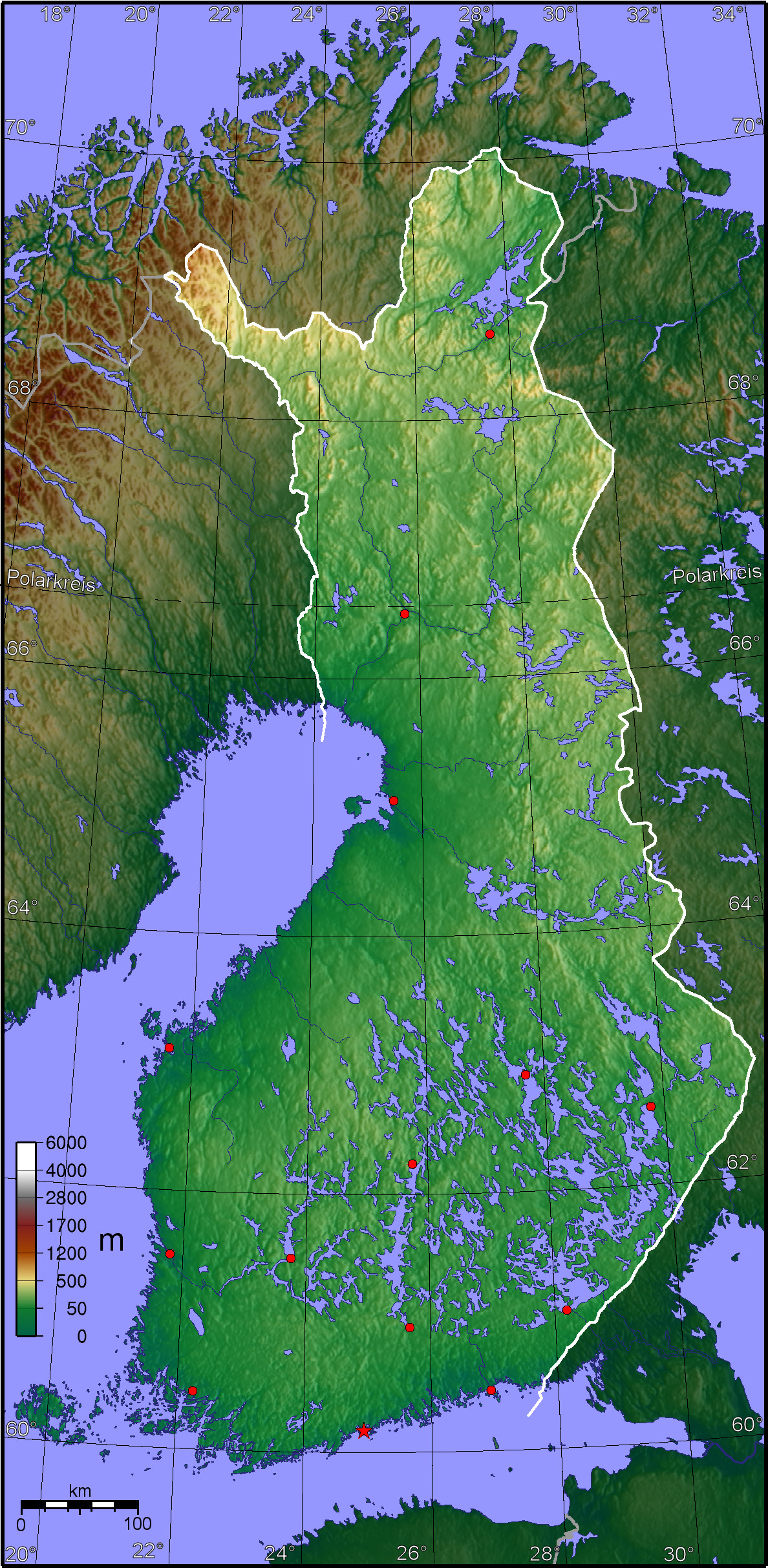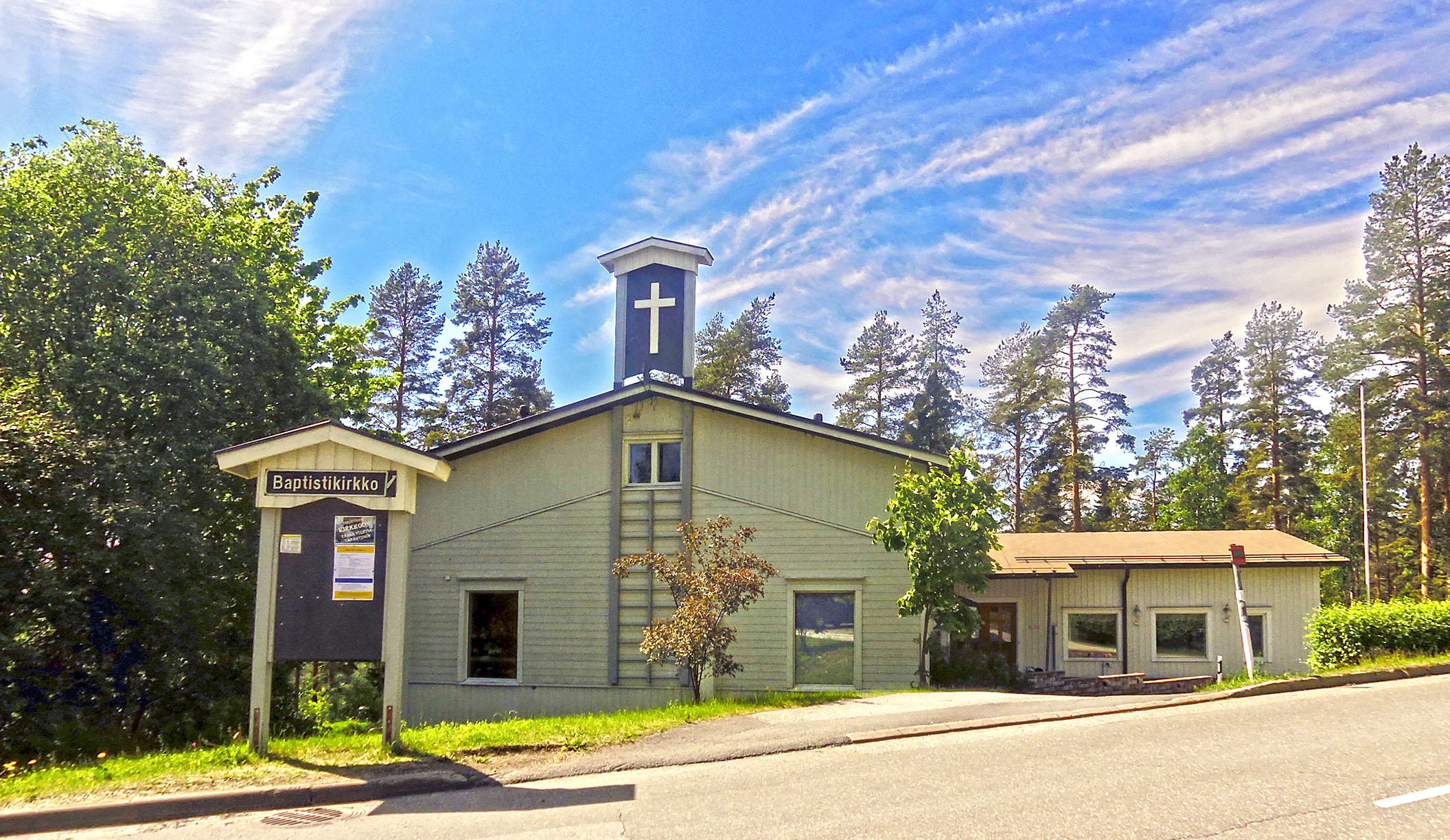|
Muuratjärvi
Muuratjärvi is a lake of Finland in Muurame and Korpilahti, the latter being part of Jyväskylä since 2009. The lake has a surface area of 32 km2. The lake drains into the Päijänne via the ~ long Muuratjoki river, which flows through the center of Muurame. The lake has multiple islands, including Vuohensalo, Siikasaari, Konttisaari, Jahko and Raita. Vuohensalo is connected to the mainland via a road. See also *List of lakes in Finland Most lakes in Finland are small, but there are 309 lakes or reservoirs with a surface area larger than 10 km². There are about 5,600 lakes in Finland that are larger than 0.1 km² (10 hectares or 100'000 square metres), and 187,888 lakes ... References Fishing in Muuratjärvi. Kalapaikka.net External links * Landforms of Central Finland Lakes of Muurame Lakes of Jyväskylä {{WesternFinland-geo-stub ... [...More Info...] [...Related Items...] OR: [Wikipedia] [Google] [Baidu] |
Muurame
Muurame is a Municipalities of Finland, municipality of Finland, located south-west of Jyväskylä, the regional capital of Central Finland. Muurame itself is located between two lakes, Lake Päijänne and Lake Muuratjärvi. These two lakes are connected to each other via River Muurame. Altogether there are 37 lakes in Muurame. The biggest lakes beside Päijänne are Muuratjärvi and Lake Kuusjärvi. River Muurame streams through the population center of Muurame, which was founded in 1921. The Muurame church is of Alvar Aalto's design, being his first church design to be completed in 1929. It was comprehensively restored in 2016 to its original design. Name ''Muurame'' is a dialectal word referring to the Rubus chamaemorus, cloudberry, which also can be seen in the municipal coat of arms. Similar toponyms nearby include Muuratsalo, Muuratjärvi, Muuramenlampi and Muuratharju. History Muurame was originally a part of the Jämsä. There were also external hunting grounds of P� ... [...More Info...] [...Related Items...] OR: [Wikipedia] [Google] [Baidu] |
Korpilahti
Korpilahti is a former municipality of Finland. Together with Jyväskylän maalaiskunta, Korpilahti was consolidated with Jyväskylä on January 1, 2009. It is located in the former province of Western Finland and is part of the Central Finland region. There are about 4,500 summer-time inhabitants visiting the 2,000 summer cottages. The municipality is unilingually Finnish. The municipality was also known as "Korpilax" in Swedish. The Swedish name is now considered outdated, according to the Institute for the Languages of Finland. Politically, Centre Party is dominant. Korpilahti was one of the poo ... [...More Info...] [...Related Items...] OR: [Wikipedia] [Google] [Baidu] |
List Of Lakes In Finland
Most lakes in Finland are small, but there are 309 lakes or reservoirs with a surface area larger than 10 km². There are about 5,600 lakes in Finland that are larger than 0.1 km² (10 hectares or 100'000 square metres), and 187,888 lakes larger than five ares (500 square metres / 5,382 sq.ft.). There is no standard unambiguous definition of the size requirements for a water body to be classified as a lake. Saimaa is the largest lake in Finland, and the fourth-largest natural freshwater lake in Europe. They are listed here along with some smaller noteworthy lakes. Alphabetical listing A Aapajärvi, Ala-Kintaus, Ala-Kitka B Bodominjärvi E Elämäjärvi, Enäjärvi, Enijärvi, Enonvesi, Evijärvi H Haapajärvi, Hankavesi, Hankavesi – Lonkari, Hankavesi-Välivesi, Hauhonselkä, Haukivesi, Hiidenvesi, Hiirenvesi, Hirvijärvi Reservoir, Hirvijärvi – Kalliovesi, Höytiäinen, Hyrynjärvi I Iijärvi (1), Iijärvi (2), Iijärvi (3), Iijärvi ... [...More Info...] [...Related Items...] OR: [Wikipedia] [Google] [Baidu] |
Jyväskylä
Jyväskylä () is a city in Finland and the regional capital of Central Finland. It is located in the Finnish Lakeland. The population of Jyväskylä is approximately , while the Jyväskylä sub-region, sub-region has a population of approximately . It is Finland's most populous Municipalities of Finland, municipality, and fifth most populous List of urban areas in Finland by population, urban area. Jyväskylä is located about northeast of Tampere, the third largest city in Finland; and about north of Helsinki, the national capital. The Jyväskylä sub-region includes Jyväskylä, Hankasalmi, Laukaa, Muurame, Petäjävesi, Toivakka, and Uurainen. Other neighbouring municipalities of Jyväskylä are Joutsa, Jämsä and Luhanka. Jyväskylä is the largest city in the Central Finland and Finnish Lakeland region. Jyväskylä was one of the fastest growing cities in Finland during the 20th century; in 1940, there were only 8,000 inhabitants in Jyväskylä. Elias Lönnrot, the auth ... [...More Info...] [...Related Items...] OR: [Wikipedia] [Google] [Baidu] |
Kymijoki
The Kymi (, ) is a river in Finland. It begins at Lake Päijänne, flows through the provinces of Päijänne Tavastia, Uusimaa and Kymenlaakso, and discharges into the Gulf of Finland. The river passes the towns of Heinola and Kouvola. The town of Kotka is located on the river delta. The length of the river is , but its drainage basin of extends to almost inside the Tavastia, Central Finland, Savonia and Ostrobothnia. The furthest source of the river is Lake Pielavesi, its furthest point being some from the sea measured by flow route. The name of the river, itself, ''kymi'', means "large river", in Old Finnish. Being one of the largest rivers in Southern Finland, the Kymi is a major source of hydroelectricity. The towns of Kotka, Kuusankoski, Myllykoski and Inkeroinen along the river are major centres of the pulp and paper industry. Formerly the river was extensively used for timber rafting. The Kymi has five mouths. It divides into two main branches near the Kultaank ... [...More Info...] [...Related Items...] OR: [Wikipedia] [Google] [Baidu] |
Finland
Finland, officially the Republic of Finland, is a Nordic country in Northern Europe. It borders Sweden to the northwest, Norway to the north, and Russia to the east, with the Gulf of Bothnia to the west and the Gulf of Finland to the south, opposite Estonia. Finland has a population of 5.6 million. Its capital and largest city is Helsinki. The majority of the population are Finns, ethnic Finns. The official languages are Finnish language, Finnish and Swedish language, Swedish; 84.1 percent of the population speak the first as their mother tongue and 5.1 percent the latter. Finland's climate varies from humid continental climate, humid continental in the south to boreal climate, boreal in the north. The land cover is predominantly boreal forest biome, with List of lakes of Finland, more than 180,000 recorded lakes. Finland was first settled around 9000 BC after the Last Glacial Period, last Ice Age. During the Stone Age, various cultures emerged, distinguished by differen ... [...More Info...] [...Related Items...] OR: [Wikipedia] [Google] [Baidu] |
Landforms Of Central Finland
A landform is a land feature on the solid surface of the Earth or other planetary body. They may be natural or may be anthropogenic (caused or influenced by human activity). Landforms together make up a given terrain, and their arrangement in the landscape is known as topography. Landforms include hills, mountains, canyons, and valleys, as well as shoreline features such as bays, peninsulas, and seas, including submerged features such as mid-ocean ridges, volcanoes, and the great oceanic basins. Physical characteristics Landforms are categorized by characteristic physical attributes such as elevation, slope, orientation, structure stratification, rock exposure, and soil type. Gross physical features or landforms include intuitive elements such as berms, cliffs, hills, mounds, peninsulas, ridges, rivers, valleys, volcanoes, and numerous other structural and size-scaled (e.g. ponds vs. lakes, hills vs. mountains) elements including various kinds of inland and oceanic waterbodi ... [...More Info...] [...Related Items...] OR: [Wikipedia] [Google] [Baidu] |
Lakes Of Muurame
A lake is often a naturally occurring, relatively large and fixed body of water on or near the Earth's surface. It is localized in a basin or interconnected basins surrounded by dry land. Lakes lie completely on land and are separate from the ocean, although they may be connected with the ocean by rivers. Lakes, as with other bodies of water, are part of the water cycle, the processes by which water moves around the Earth. Most lakes are fresh water and account for almost all the world's surface freshwater, but some are salt lakes with salinities even higher than that of seawater. Lakes vary significantly in surface area and volume of water. Lakes are typically larger and deeper than ponds, which are also water-filled basins on land, although there are no official definitions or scientific criteria distinguishing the two. Lakes are also distinct from lagoons, which are generally shallow tidal pools dammed by sandbars or other material at coastal regions of oceans or large la ... [...More Info...] [...Related Items...] OR: [Wikipedia] [Google] [Baidu] |


